blog
Interview with Featured Photographer Michael Young
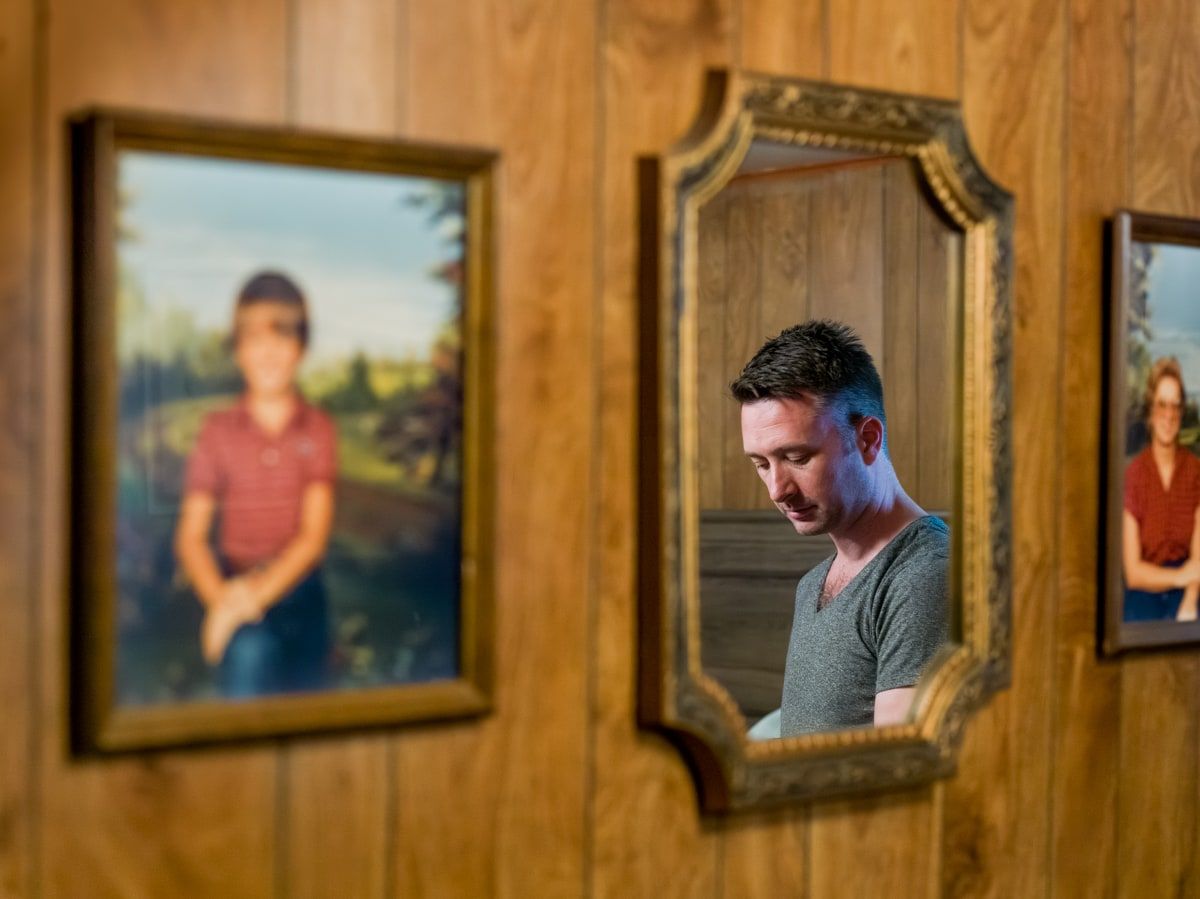
From ‘Maybe Tomorrow’ © Michael Young
Michael Young has been named a Top 50 artist in Photolucida’s Critical Mass (2023, 2021), a Top 10 winner of LensCulture Critics’ Choice, and a winner of Feature Shoot’s Emerging Photography Award. F-Stop Magazine featured his portfolio ‘Hidden Glances’ in 2021, and his work in ‘Maybe Tomorrow’ is being featured in this year’s Issue 122-Portfolio 2023.
Cary Benbow (CB): ‘Maybe Tomorrow’ deals with your experience in a place where you are connected through a personal relationship. But your experience is not due to growing up there, or living there for a long time. Does the role of an ‘outsider’ versus an ‘insider’ play a part in how you explore the themes in this work?
Michael Young (MY): I think that the role of outsider versus insider will always be woven into the dynamics of this project, whether they be seen or not. Because this has been such a long term project, there have been times where I have felt my role of an outsider shift more towards that of an insider, but it may just be my naiveté as I grow more comfortable when I’m in the area. Nevertheless, I don’t think that any amount of time spent in this area will help me completely shift from outsider to insider, and I’m okay with that. As long as I am sensitive to how I am capturing the community, then I think I have done my job well. I really work hard to make photographs that capture the community with honesty and empathy.
CB: Your project statement speaks about the long term ‘lyrical documentary’ nature of this work. Do you feel ‘Maybe Tomorrow’ is possibly more like a portrait of a community, a trope, or something more specific or larger than what you’ve set out to achieve? And, how do you define ‘Lyrical Documentary’?
MY: When I use the word “lyrical,” it is because I do not view the project as a form of reportage that’s telling a linear story but rather one that I view to be more poetic where more questions are raised than answered. When I originally picked up my camera to take photos of the area, it was a way for me to visually understand the place where my partner came from, but over time the project has grown and become something more of a portrait of a community. I never imagined that the work would be going on for over ten years.
CB: Let’s talk a little more about how you’re creating work in a documentary style, but avoiding a reportage approach.
MY: Calling work ‘documentary’ can be a loaded term, and to me indicates that the photographer plays a neutral role in the making of the work. My hand in the creation of the work is driven by so much of my own feelings and opinions. While my work is not staged, it would be a lie to say I merely photograph things the way they are in situ. I like to meddle as little as possible, but I would be lying if I said sometimes my own personal views and aesthetics don’t influence or change the way an image is made.
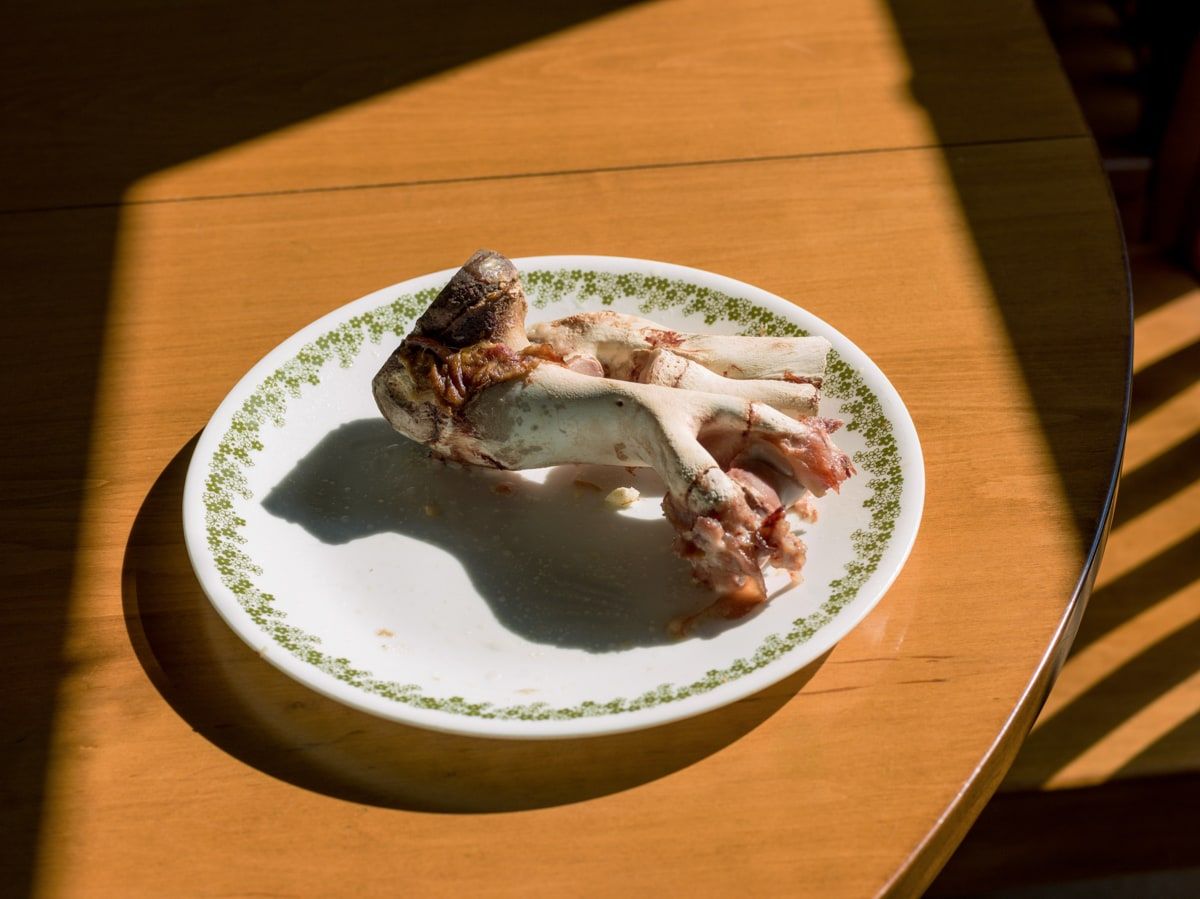
From ‘Maybe Tomorrow’ © Michael Young
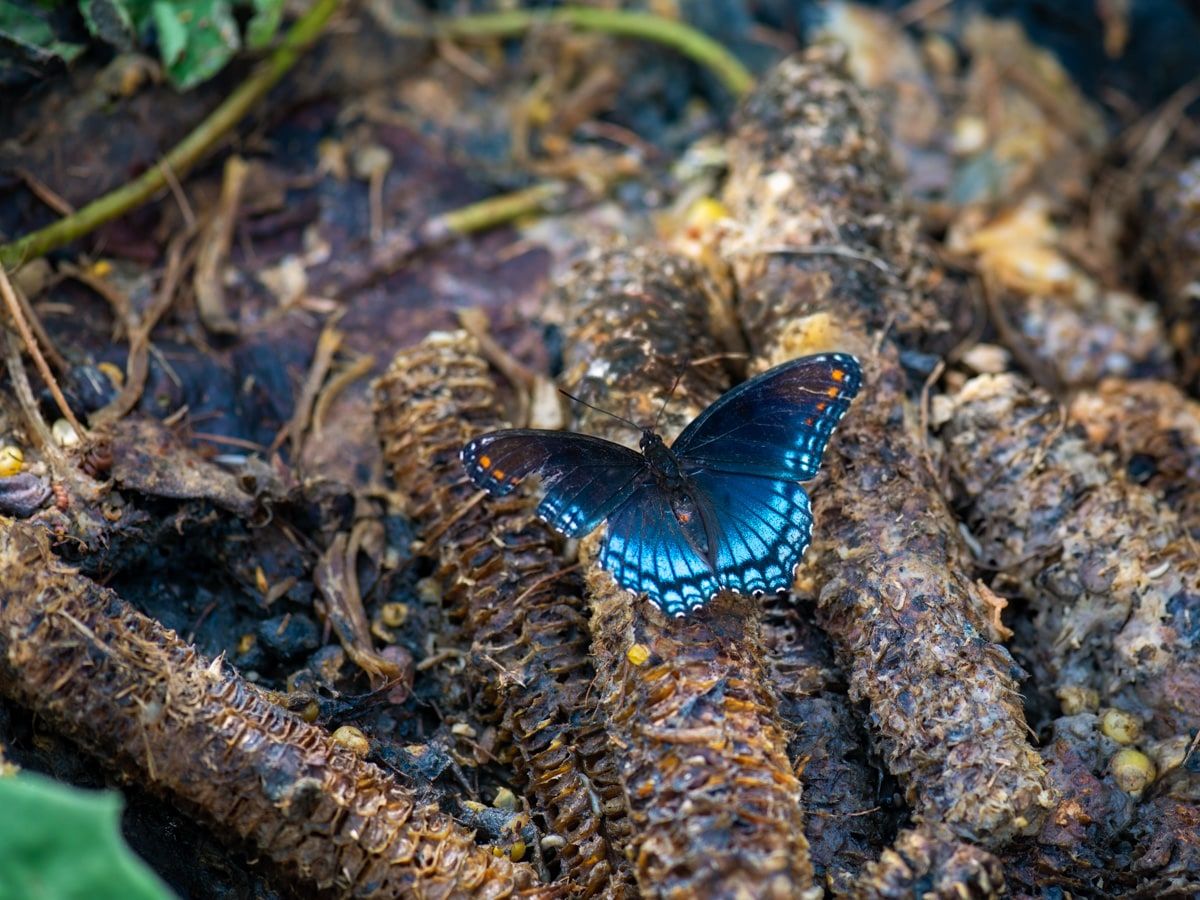
From ‘Maybe Tomorrow’ © Michael Young
CB: What type of dynamic has resulted between you and your partner’s sense of place or identity with his hometown? You both likely perceive and interact very differently with the subject of this work, or the people you photograph, right?
MY: Whenever we are back in Kentucky, my partner Erik usually accompanies me when I’m scouting locations. Even to this day, more than ten years later, Erik finds it fascinating that I am still enthralled by the area and its people. I do, however, owe a tremendous amount of thanks to him for pointing out to me when I make images that may be too heavy handed or err on the side of misrepresentation.
CB: How has this visual exploration affected you or Erik?
MY: For the most part, working in the area has been very positive. There was one instance this past summer when I was given permission by the local high school to photograph during the school day. I had such an amazing time photographing various clubs and band practices over the course of three days. Unfortunately, and for reasons unrevealed to me, I was called back to the school and told that all of the images that I had made would need to be destroyed because a parent had called and complained about me. This a major blow to me and the project, and because no one would tell me why a parent complained, I immediately thought that it was due in part to the fact that I’m an outsider, and one who is gay. Now, this is all the story that I’m telling myself, but when I left the high school that evening, I knew it was a place I would not be returning to for quite some time.
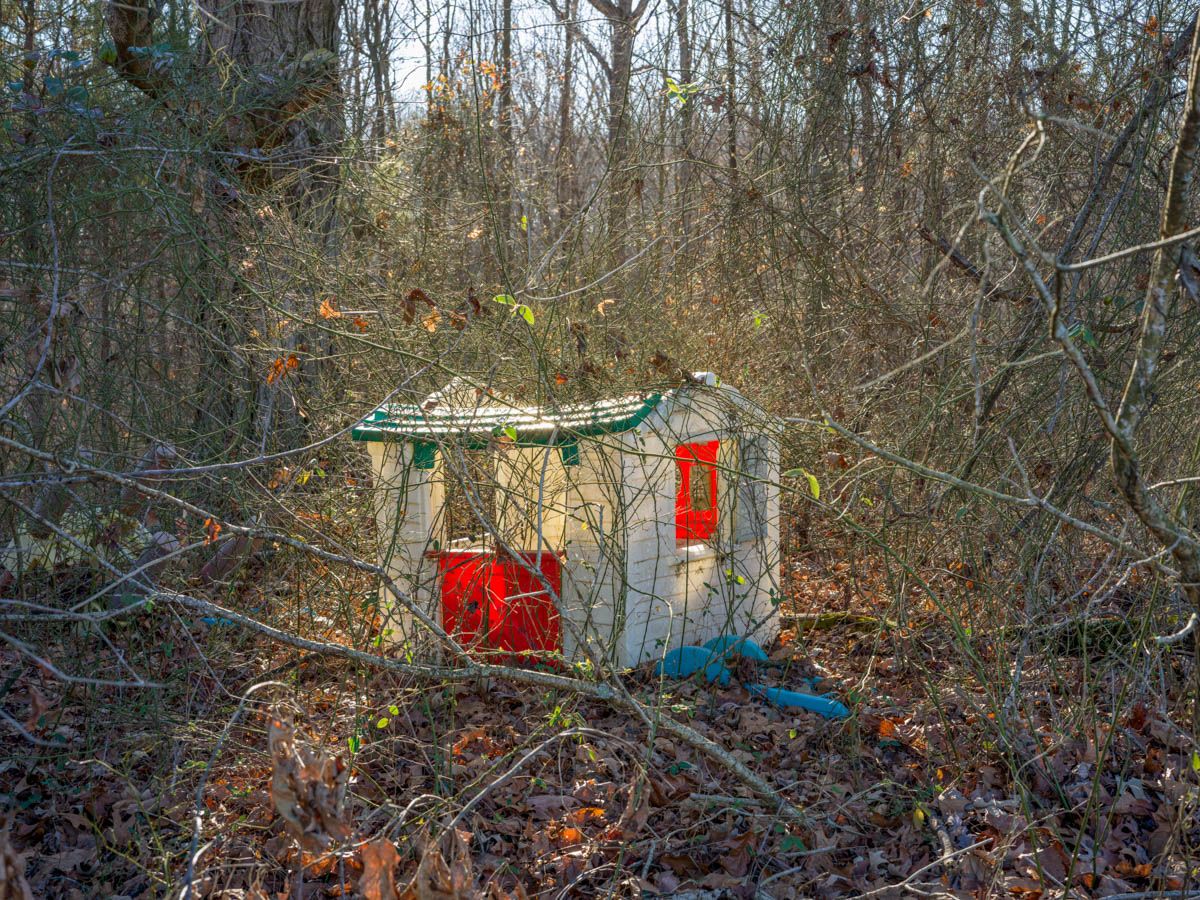
From ‘Maybe Tomorrow’ © Michael Young
CB: Who are the people that appear in your photographs? How do you work in the community, or with your extended family, and decide whether to make portraits, or document scenes?
MY: The majority of the individuals in the series are family members though over the past couple of years, I have begun to incorporate images of other members of the community into the edit. Prior to my visits, I usually reach out to Erik’s mom who will then start posting on Facebook for me to see if there’s anyone who fits the description of what I’m looking for. For instance, two summers ago I wanted to capture more of the youth in the area so she reached out to family members and friends who have teenagers who would be willing to be photographed for the series.
Other than making a few requests that might relate to clothing, I usually photograph individuals within their own home spaces or locations that are familiar to them. And because I’m working with a digital medium format Hasselblad, I’m working a bit slower than if I were using a Nikon. Oftentimes, I don’t get the image I want until the end of a shoot when the subject has relaxed and their true self begins to come out. However, if you were to ask them, they might say that it’s just because I’m way too slow of a photographer.
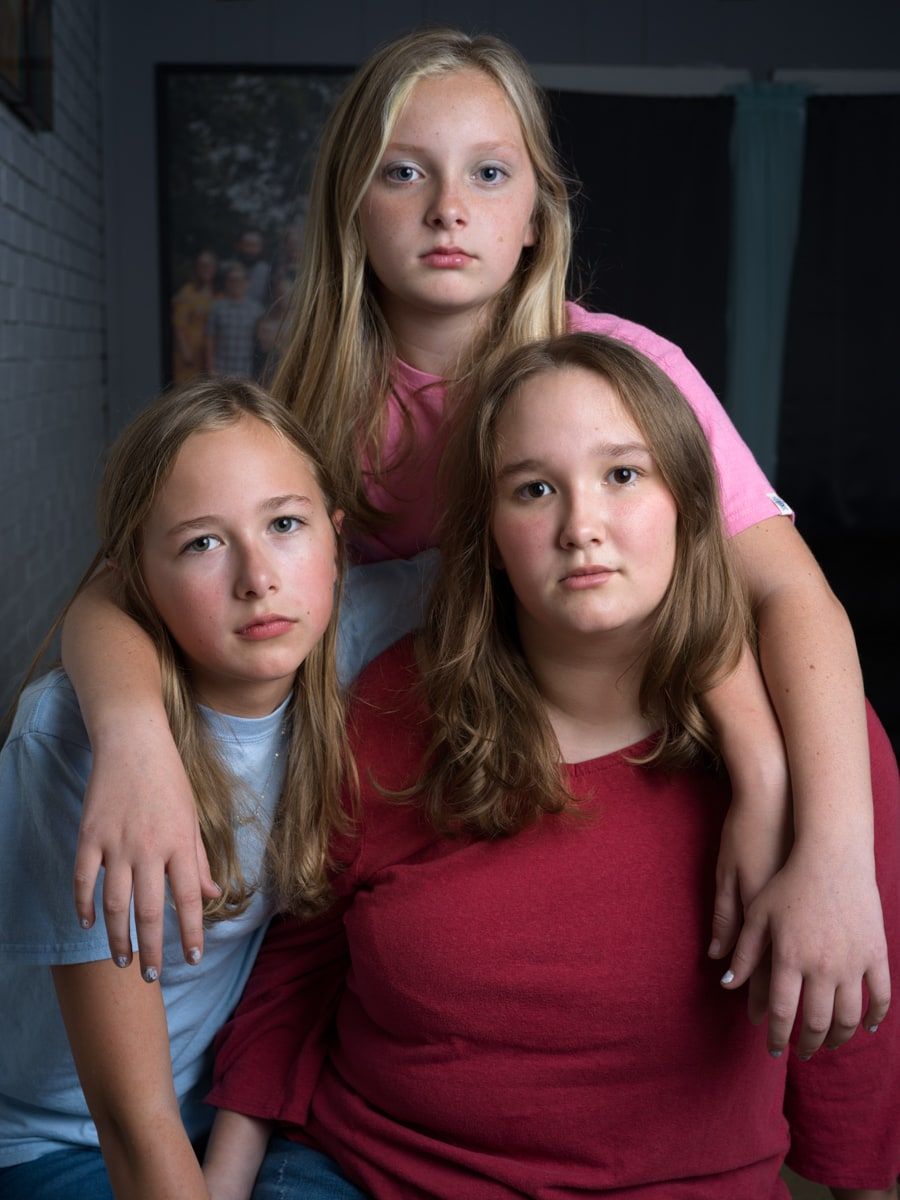
From ‘Maybe Tomorrow’ © Michael Young
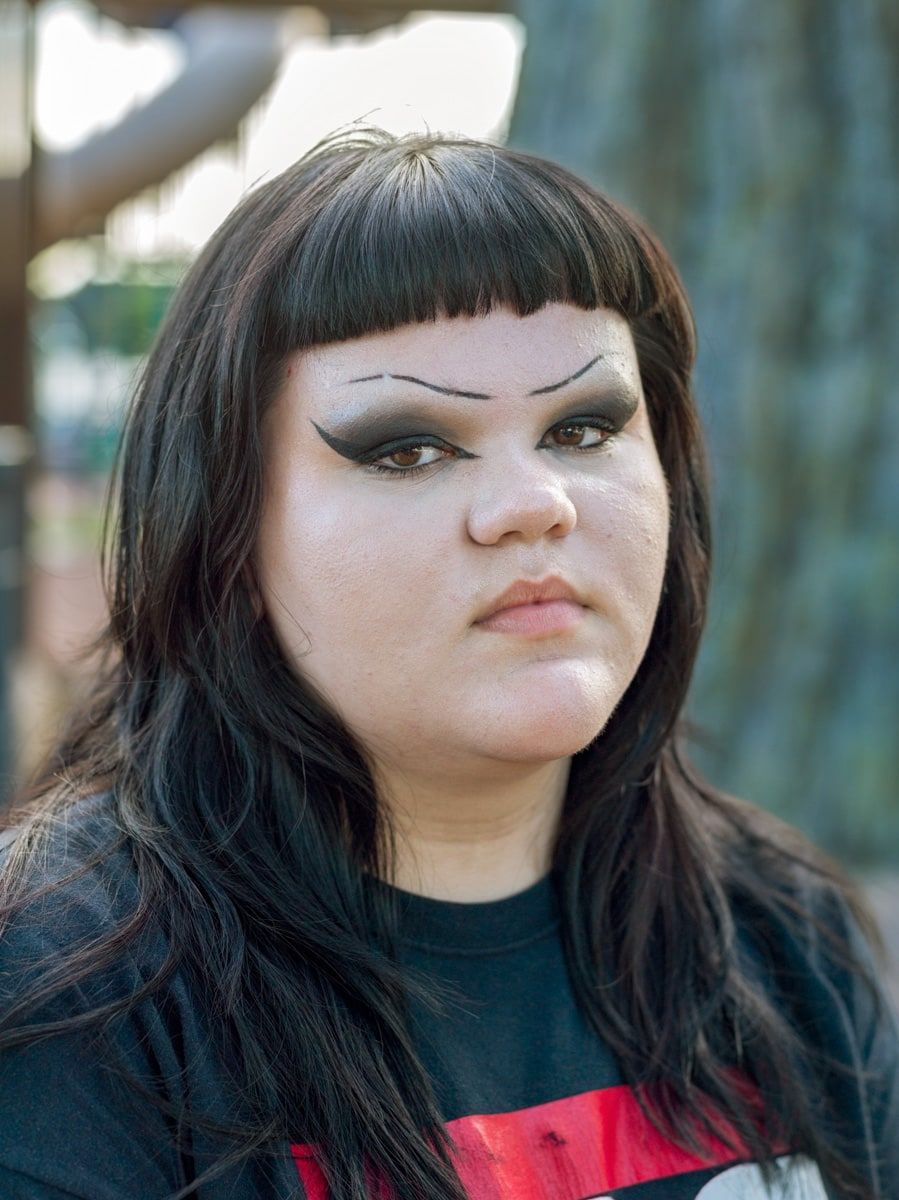
From ‘Maybe Tomorrow’ © Michael Young
CB: Were you originally thinking of, or inspired by, any specific projects, or were you inspired by any photographer(s) as a springboard for the ‘Maybe Tomorrow’ when the project began?
MY: There are numerous photographers who have shaped the way I look at the world as a photographer and have influenced my practice. For instance, when making portraits I find myself revisiting works by Judith Joy Ross, Rineke Dijkstra, Catherine Opie and Jess Dugan. But then when it comes to photographers whose work inspires me in terms of developing a series of images that tell a story with multiple entry points and room for questions, I gravitate to books by Mark Steinmetz, Alec Soth, Mimi Plumb, Alessandra Sanguinetti, Curran Hatleberg, Ian Bates, Vanessa Winship, and Nick Meyer.
CB: How has the work evolved over time?
MY: When I was first making photographs out in Kentucky, I was too scared to make portraits, so I made landscapes of the area and interiors of a dilapidated school where my partner Erik and his father had attended. My interests later shifted to the importance that the coal industry had played in financially supporting so many people within the community. From there, I became interested in the opioid crisis that has affected so many. Each annual trip back to Kentucky had a different goal, and in many ways the work I was making in the earlier years of the project bounced around with no central focus. Fortunately, I began working with photographers Matthew Baum and Stacy Mehrfar, and afterward the work began to take shape, and I homed in on the images that resonated on levels both personal and universal. To be completely frank, had it not been for Matthew Baum who reached out to let me know that he saw potential in the work, this project may have been abandoned.
CB: In your project statement, you say ‘Maybe Tomorrow’ is “an open-ended narrative about the ways in which place inevitably drives who we become and the ways in which we seek to understand the homes we can’t quite leave behind.” Do you have plans of revisiting or continuing to work on this project long enough to see how this place has defined some of the people you’ve encountered?
MY: Since working with Matthew and Stacy, my visits to Kentucky have been more productive; so at this point in time I would say that the work has become stronger and more focused. While this project may never be complete since the area continues to fascinate me, my hope, at least at this stage in the project, is to wrap up shooting after a few more visits in order to sequence it for exhibitions and/or publication. Maybe this series is just one chapter in a larger body of work, but I would like to eventually shift my focus to some other projects I have been thinking about.
::
To see more of Michael Young’s work visit F-Stop’s Portfolio 2023 issue and https://mjyoungphoto.com/
Location: Online Type: Featured Photographer, Interview
Events by Location
Post Categories
Tags
- Abstract
- Alternative process
- Architecture
- Artist Talk
- artistic residency
- Biennial
- Black and White
- Book Fair
- Car culture
- Charity
- Childhood
- Children
- Cities
- Collaboration
- Community
- Cyanotype
- Documentary
- Environment
- Event
- Exhibition
- Faith
- Family
- Fashion
- Festival
- Film Review
- Food
- Friendship
- FStop20th
- Gender
- Gun Culture
- Habitat
- Hom
- home
- journal
- Landscapes
- Lecture
- Love
- Masculinity
- Mental Health
- Migration
- Museums
- Music
- Nature
- Night
- nuclear
- p
- photographic residency
- Photomontage
- Plants
- Podcast
- Portraits
- Prairies
- Religion
- River
- Still Life
- Street Photography
- Tourism
- UFO
- Water
- Zine

Leave a Reply